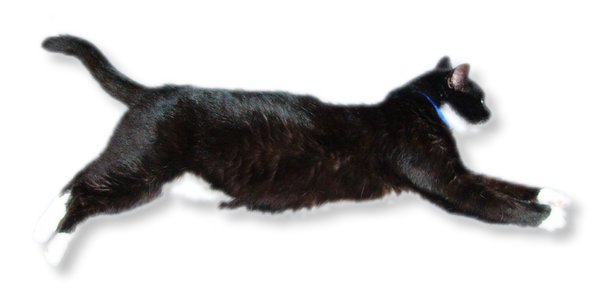Health Dangers Related To Traditional Clay Cat Litter
Health Dangers Related To Traditional Clay Cat Litter
Blog Article

Cat litter and litter boxes play a critical function in the lives of both cats and their owners. From the simple beginnings of sand and soil to the ingenious improvements these days, the world of cat litter has actually evolved significantly. In this extensive guide, we dig into every aspect of cat litter and litter boxes, exploring their history, types, advantages, difficulties, and whatever in between.
The history of cat litter go back centuries, with ancient civilizations using sand, soil, and even ashes as primitive litter materials. However, it wasn't up until the mid-20th century that contemporary cat litter as we know it emerged. In 1947, Edward Lowe introduced the world's first commercial cat litter made from absorbent clay, transforming the way cats relieved themselves indoors. Ever since, cat litter has undergone numerous transformations, with the introduction of clumping litter, silica gel litter, eco-friendly alternatives, and more.
Today, feline owners are ruined for option when it concerns selecting the right litter for their feline buddies. Standard clay litter stays popular for its cost and effectiveness in absorbing odors. Clumping litter, which forms strong clumps when wet, streamlines cleaning and maintenance. Silica gel litter, made up of extremely absorbent silica crystals, provides exceptional odor control and durability. Naturally degradable choices, such as recycled paper, wood pellets, corn, and wheat, appeal to ecologically mindful consumers.
Each type of cat litter uses special advantages. Clay litter excels in its capability to soak up moisture and control odors, making it a reliable option for numerous cat owners. Clumping litter streamlines day-to-day scooping and extends the self cleaning cat litter box time between complete litter modifications. Silica gel litter offers exceptional smell control and can last longer between replacements. Biodegradable litters use a sustainable alternative that decreases ecological impact.
While cat litter improves indoor feline hygiene, it is not without its obstacles. Dust from clay litter can position respiratory dangers for both felines and people, prompting the appeal of dust-free options. Some cats may establish litter box aversion due to concerns with texture, fragrance, or tidiness, necessitating experimentation with various litters and box configurations. Multi-cat families may need strategic litter box positioning and regular maintenance to avoid territorial conflicts and ensure Grass Seed Cat Litter all felines have access to clean facilities.
Choosing the appropriate litter box is vital for promoting positive litter box routines and overall feline cat litter box self cleaning wellness. Factors to consider consist of size, ease of access, and style preferences. Covered litter boxes supply privacy and assistance contain odors, however some cats might find them restricting or intimidating. Open-top litter boxes use simple gain access to and exposure however may result in more litter scatter. Automatic self-cleaning litter boxes improve upkeep but require routine monitoring and upkeep.
Proper litter box upkeep is vital for making sure a clean and inviting environment for both felines and their owners. Daily scooping removes waste promptly, reducing smell and discouraging litter box aversion. Routine litter replacement, normally every 1-2 weeks, prevents bacterial buildup and keeps optimum absorbency. Thorough cleansing with moderate cleaning agent and water, avoiding severe chemicals that might hinder cats from utilizing package, should be carried out monthly.
Cat litter and litter boxes play a main role in fostering a healthy and harmonious relationship between cats and their human buddies. With a varied array of litter options and litter box designs offered, feline owners have the versatility to customize their choices to suit their cats' preferences and home requirements. By comprehending the advancement, types, advantages, and challenges of cat litter and litter boxes, pet owners can offer their feline pals with a comfy and sanitary indoor environment.